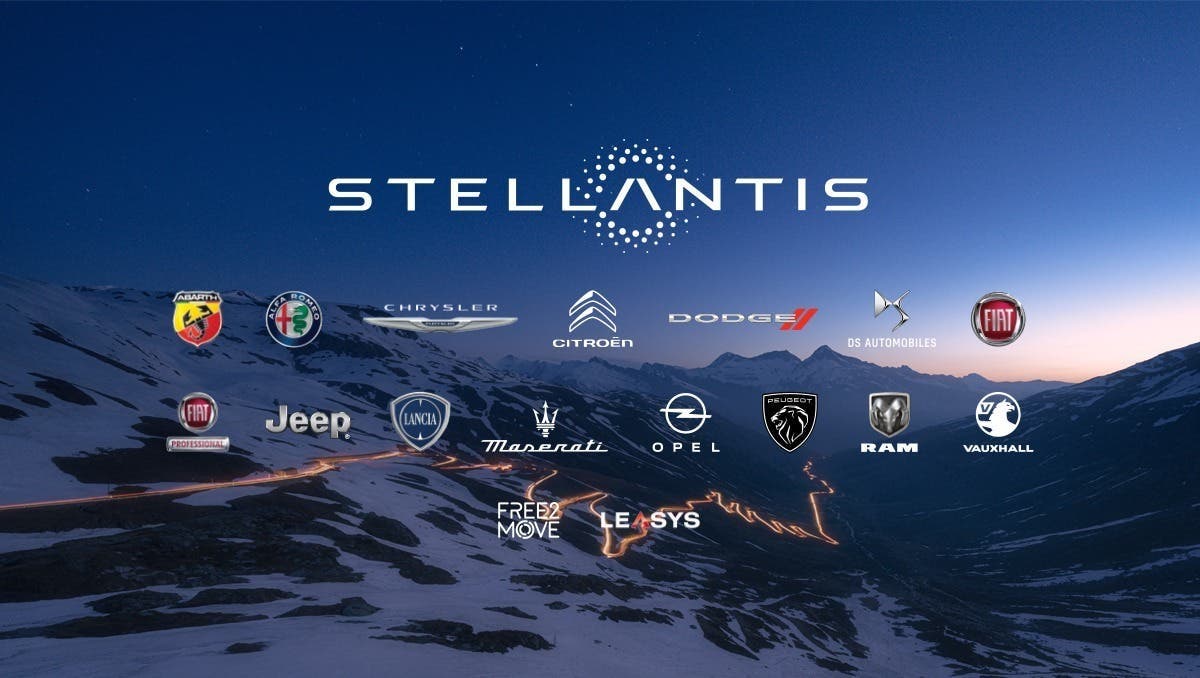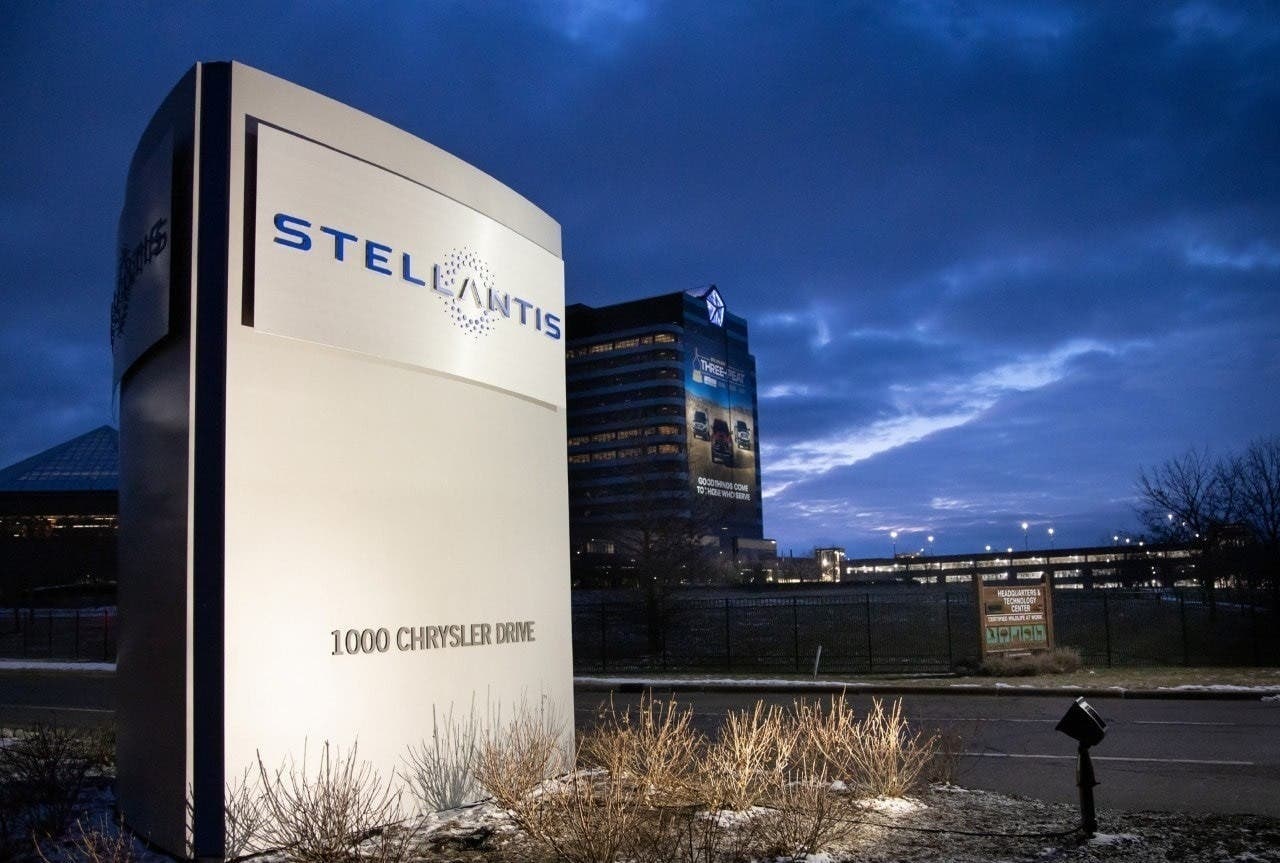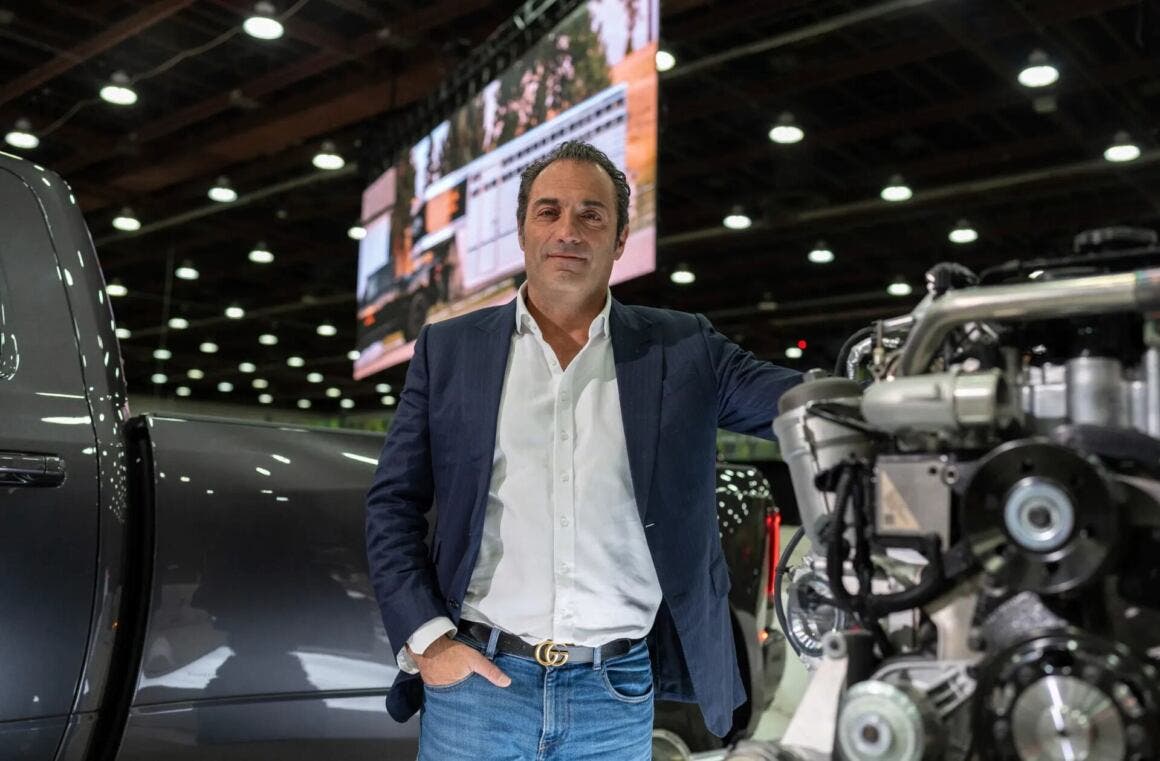With his official appointment as CEO of Stellantis, Antonio Filosa now faces complex strategic decisions that have remained pending since Carlos Tavares’ departure about six months ago. One of the most delicate challenges concerns the evaluation of the portfolio of 14 brands that make up the group, a vast but not always profitable ecosystem. Some brands, in fact, continue to struggle and it will be up to the new leadership to decide whether to continue supporting them or, conversely, proceed with painful but perhaps inevitable cuts.
Stellantis: the new CEO will have to decide the future of the group’s 14 brands

In the United States, one of the most discussed brands is Chrysler, which currently relies on just one model in its lineup and has appeared marginal to the global automotive scene for years. Despite its historical weight and potential in the American market, the brand now seems far from Stellantis’ priority radar. Its future will depend on a possible strategic relaunch or a possible exit from the scene.
Another brand in the balance is DS Automobiles, born as a premium spin-off of Citroën. The project, ambitious on paper, has never achieved the expected results in terms of sales and recognition. Some analysts don’t rule out a possible reintegration within the Citroën range, a hypothesis that would reflect a change of course in the management of the French brand. To avoid this scenario, Filosa will have to evaluate a new strategy that finally gives substance to the brand’s original vision.
The situation is more complex for Lancia, which at least can count on a relaunch plan already outlined. After the debut of the new Ypsilon, the calendar includes the arrival of the Gamma in 2026 and the Delta in 2029, with the goal of bringing the brand back to European relevance. However, Lancia’s survival will depend strictly on the commercial success of these new models.

More uncertain is Maserati’s position, overwhelmed in recent years by a significant drop in registrations. Making the picture worse, the cancellation of a 1.5 billion euro investment intended to support an industrial relaunch plan that, in fact, doesn’t exist today. Faced with this crisis, voices have emerged about a possible sale or even a spin-off of the brand, with the hypothesis, not yet confirmed, of a transfer under Ferrari’s control.
Finally, Alfa Romeo doesn’t seem at risk of cuts at the moment, but there are also critical issues here. The delays accumulated in the launch plans for the new Giulia and Stelvio, combined with rumors of possible internal cancellations, suggest a period of instability. Nothing official has been communicated yet, but the Biscione brand remains under observation, awaiting confirmation on the next product developments.
Antonio Filosa’s task will therefore also be to decide which brands will still have a future in the group and with what strategies, in an increasingly competitive and selective global context.
